When I was starting out with docker, everything was really difficult for me to figure out. But don't worry. I'm here 😉
Docker is an AMAZING tool that you just can't miss. It's EVERYWHERE!
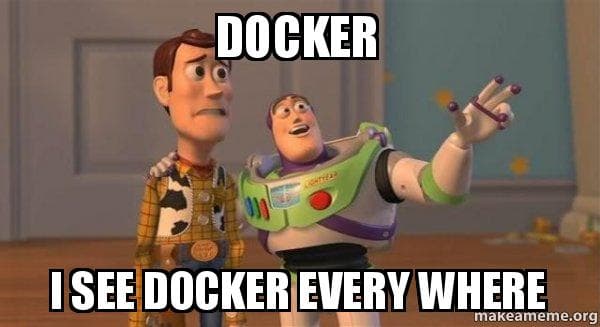
So here's everything you need to know about docker, in ONE blog. Don't worry - I'll keep it very short and concise ⚡
I'll walk you through the concepts - Containers, Images, etc. And then we'll write our own Dockerfile to containerize a very simple python application!
Table of Contents
What is docker?
Docker is a way to containerize applications (putting code in boxes that can work on their own). It magically makes a virtual computer, but guess what - they aren't really virtual computers.
Containers are boxes that have no host Operating system, so they are independent of the device they run on.
Think of it like this - there's a bee that only likes to live in it's own honeycomb, and will not be able to work if it lives somewhere else. You just trap the bee in a box that looks and feels exactly like it's honeycomb. That's containerization.
Containers are made using Images
Docker Images
Docker Images are like templates - a craftbook that has everything to make the craft. Or, in other words, it contains a set of instructions for creating a container.
But how do you make these images (to later make containers) ?
This is done using Dockerfiles.
All about Dockerfiles
A Dockerfile is a text document that contains all the commands a user could call on the command line to assemble an image.
Ok, let's make a Dockerfile together.
Now, we'll start with docker HANDS ON!
Quickly download docker on your device : https://www.docker.com/get-started
Now that you have it, let's write a simple flask application and containerize it!
Here's a very simple and minimal flask app
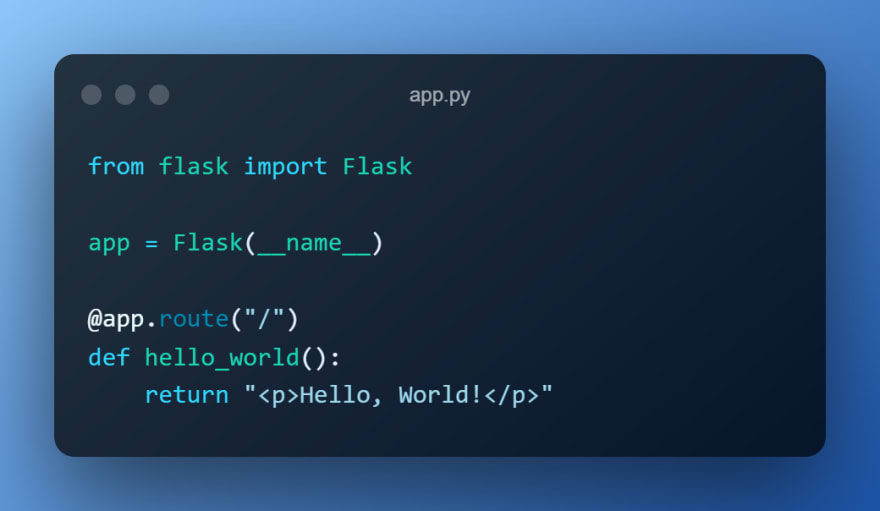
Now, even though this might be very basic, it actually needs a lot of things to run:
- Python 3.9
- Flask (running
pip install flask) - exposure to port 5000
Some programs might only run on specific Operating systems - like Windows-only or Linux-only stuff.
All these problems are solved by writing a simple dockerfile, that sets up a docker image for us.
So you need to make a file called Dockerfile (exactly, without any file extension)
Here is a walkthrough:
- use FROM to use python base image
- use COPY to copy the app.py file into the container
- use RUN to pip install flask
- use CMD to run "python app.py" when container starts
minor correction : the file should be named Dockerfile instead
Building the image and running container
Now, build to docker image using the docker build command and then run the image by using the docker run . command.
You can also use the --tag to give a name to the image and make it easier for yourself to run later
docker build --tag flask .
docker run --name flask -p 5000:5000 flask
Here, --name is the name of the container to be run (which i'm naming flask), -p sets the port of the docker CONTAINER to your machine, so you can see your app on localhost. Finally, the flask at the name is the name of the image to be run.
More commands
That's pretty much it!!!
use the "docker ps" command to get a list of running containers,
"docker ps -a" to get list of ALL containers
"docker images" to get list of images
"docker --help" to get list of all commands
Mess around with the commands, they are self-explanatory
Read the official documentation here.
If you learnt something in this blog, make sure to 💖 it, and follow me if you REALLY liked it!

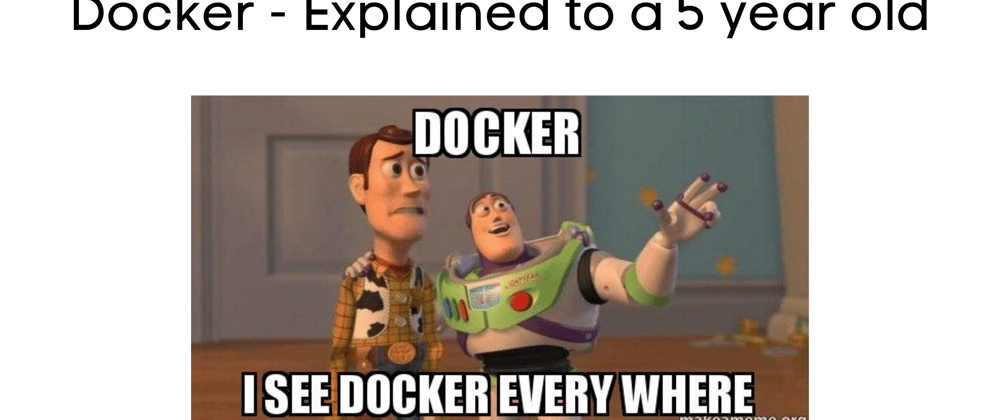
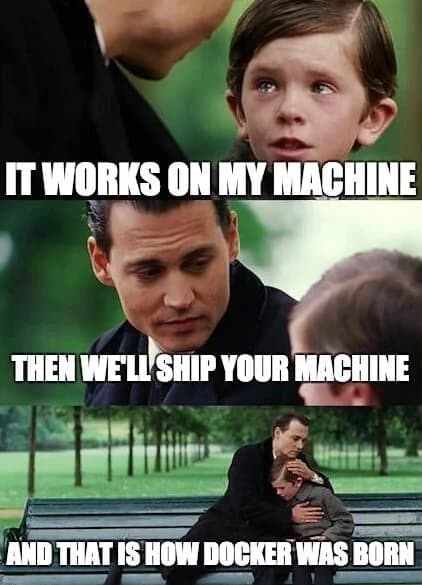
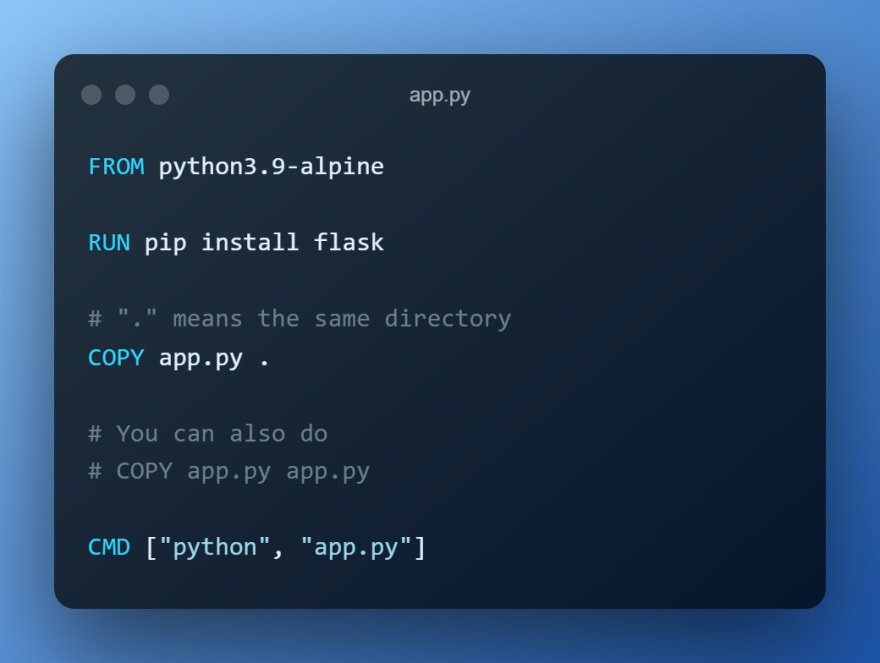





Oldest comments (60)
Wish someone could have taught me like this when I was 5 😁 Awesome🚀
thanks a lot!
Docker wasn't there when you were 5 😂
I am learning this concept right now and this explanation was very helpful
thank you for the feedback!
Finally someone said it, and in a way that I understand it. There are tutorials for everything but publishing APIs and other "little things" gave me a lot of headaches!
Thank you! Glad I could help
it wont run both the container and your original app. but yes, if you manually do it, there will be a collision and only throne that ran first will work (the other will error out)
Well done!
You explained it in such a simple way, while including code and technical details.
I remember some former colleagues talking in 2014 about Docker and saying how it would make life easier for DevOps and Devs.
And the next year I started endtest, to make life easier for testers as well.
Thank you!
Wow, endtest is awesome! definitely will check it out
Thank you. This article has cleared a lot of my confusions related to Docker. I really appreciate it.
Awesome post. Do you think Docker is good for local development ? I'm definitely sold that for deployment it is awesome. For local dev, although it saves some environment settings hassles, everything we do now need to be through docker. so far I felt a bit overkill to use docker for local dev environment. appreciate your thoughts!
For local development, yeah, it's not ideal. But for stuff like keeping multiple background processes online, (like running an API on computer when it's on), is an ideal use-case for docker desktop because then you can have multiple stuff running in the background with the minimum memory usage and no hassle of setting it up to run automatically and stuff
If you use vscode, check out devcontainers. They changed my life. I never develop on my host OS and ALWAYS in a devcontainers now.
Yes, I checked it out too. They are really good
Very clear explanation. Thank you!
Wow Really Great Explained. when I first started faced a lot of difficulties to just imagine those basic things.
I know, right! Same with me. I used to try to watch these tutorials which would be lengthy and still ended up confused with the basics
wow! nice 🤗
Thank you!
Nice explanation 😍
Thanks a lot!
Super helpful :D Awesome of you to share
You can map the container's port to your device's port (Which can be anything you want)
so instead of
-p 5000:5000which maps the container's 5000 to your computer's 5000, you can do something like-p 5001:5000which will show the 5000 port in the container, on 5001Awesome Write up and explaination 🔥🚀.
One thing I want to say it's not that important but the file name will be .Dockerfile right
It's written app.py for Dockerfile code snippet/image.
oh yes, my bad. It's supposed to be called Dockerfile. I'll correct the mistake. Thanks for pointing it out!
Nice explanation 😁